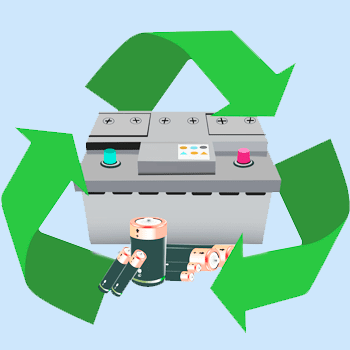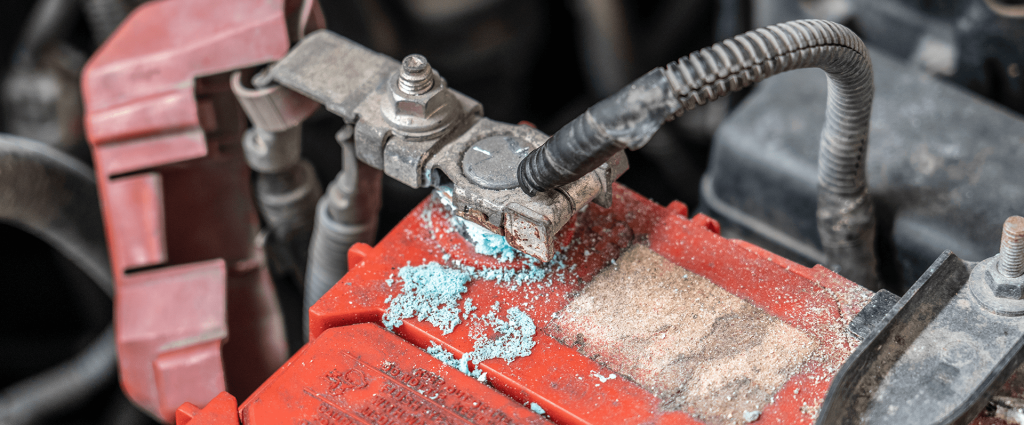Waste automobile batteries
Nord Holding accepts and delivers for recycling waste automobile batteries.
Automobile batteries are secondary batteries classified according to source of energy as they can be recharged multiple times.
Automobile batteries can be batteries that supply power to the car’s starter, engine and lights
or that propel the car itself (traction batteries).
Types of automobile batteries:

Lead-acid
automobile batteries
These are the most popular
automobile batteries.
They consist of lead, plastic and
electrolyte and are subject to a high
degree of recycling (about 90%).

Lithium-ion
ЕV battery packs
These are traction batteries that
power electric cars and are
increasingly common today.
They consist of iron, copper, aluminium,
plastic, binders,
electrolyte, graphite, lithium, nickel,
cobalt and manganese.
Terms and conditions of buying automobile batteries
Nord Holding buys used lead-acid batteries.
Due to the cost of recycling exceeding the value of the recovered materials, Lithium-ion car modules can only be accepted against a specific arrangement for payment by the supplier.
A specific requirement for delivery of batteries and accumulators containing liquid such as the automobile batteries is that they must be delivered with a robust case, caps available and liquid stored.
Buying process
Automobile batteries are accepted by both individuals and legal entities. Upon delivery to our site, the documents required by the legislation are drawn up.
Important information:
The most environmentally friendly way to dispose of waste batteries and accumulators is to hand them over
to legal entities that are licensed to deal with them and will take care that they are handed over
for recycling to facilities that meet the requirements of current legislation.
Activities following acceptance of automobile batteries
After receiving automobile batteries at our site, trained personnel stores the batteries separated by type in designated containers – waterproof plastic boxes that are stored indoors or under a shed.
Recycling process
Automobile batteries are handed over to recycling facilities in Bulgaria and countries of the European Union,
specialized in recycling of certain types of batteries.
Before submitting batteries for recycling, we require facilities
to ensure that they meet the requirements of European legislation for minimum
recycling percentage thresholds per battery types.
Recycling of lead-acid batteries and accumulators
Recycling is carried out in the following way:
Recycling of lithium-ion batteries and accumulators
Recycling is carried out in the following way:
Benefits

Recycling unusable automobile batteries
gives us valuable raw materials such as:
These materials are fed back into industry, offsetting the
limited natural resources mined for their production.

